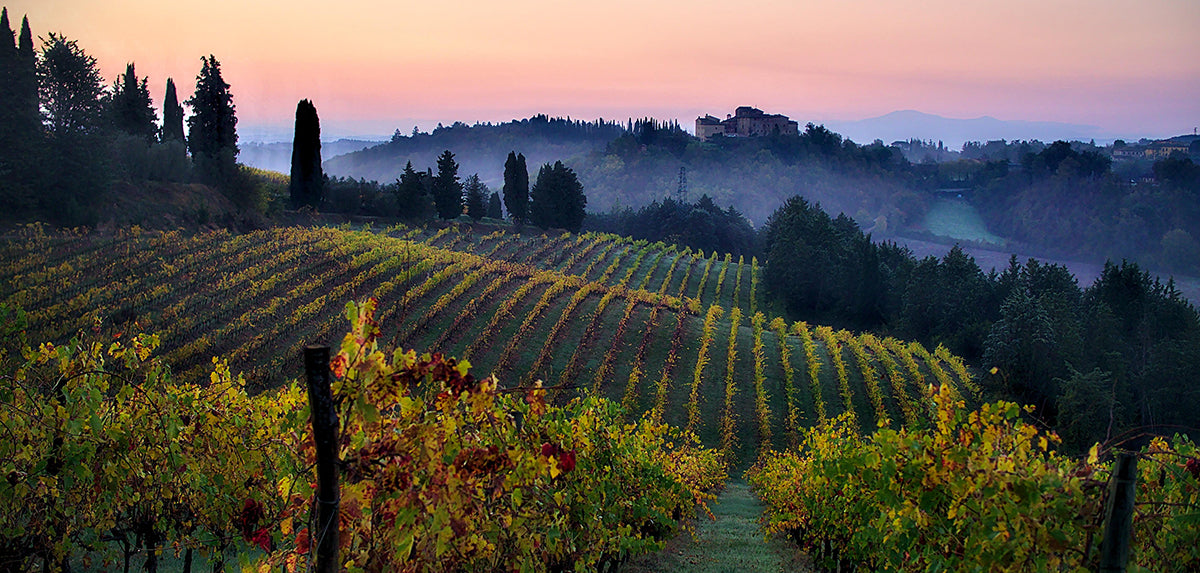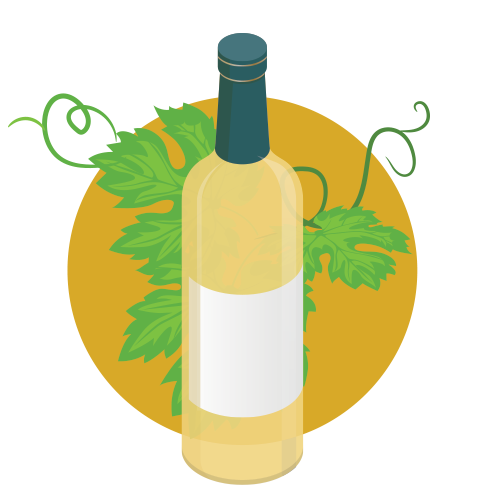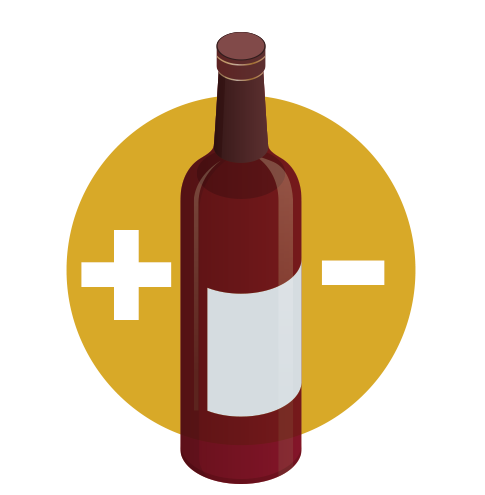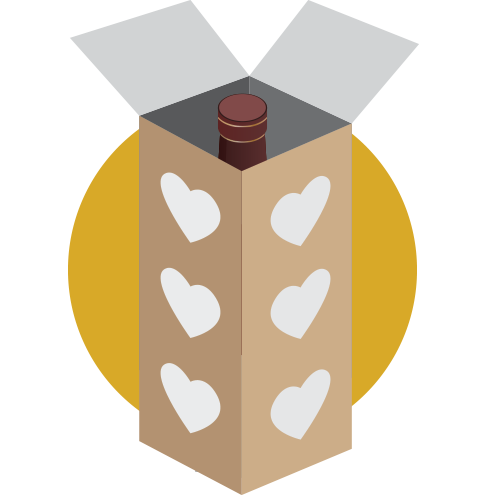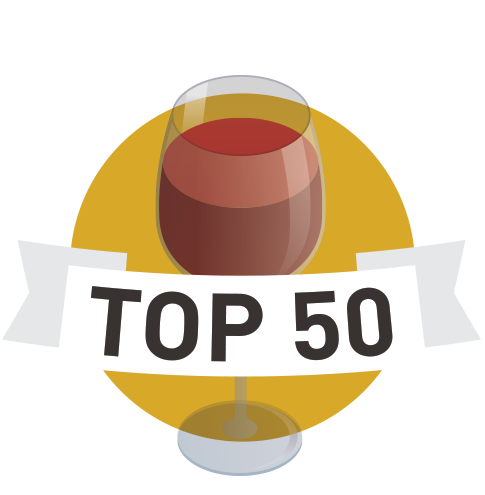148 products
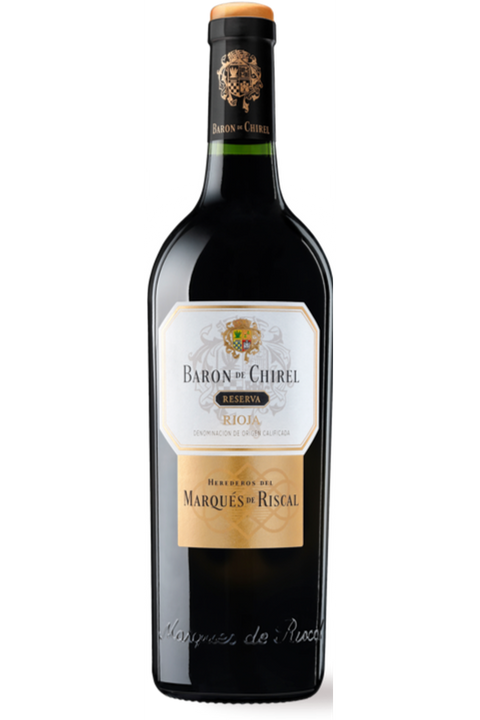
- Country: Spain
- Region: Rioja
- Grape: Tempranillo
- Style: Full Bodied
- ABV%: 14.5%
- Vintage: 2019
- Food pairing: This wine goes well with ham and mature cheese, red meat, poultry, game casseroles such as partridge, rabbit, venison, boar or roebuck, even when cooked in spicy sauces.

- Country: Spain
- Region: Rioja
- Grape: Tempranillo and Otras
- Style: Full Bodied
- ABV%: 14.5%
- Vintage: 2016
- Food pairing: This wine pairs well with ham, mature cheeses, red meat, all kinds of roasts and game casseroles.

- Country: Spain
- Region: Rioja
- Grape: Garnacha
- Style: Medium Bodied
- ABV%: 14%
- Vintage: 2019
- Food pairing: Grilled and Roasted Red Meats

- Country: Spain
- Region: Rias Baixas
- Grape: Albarino
- Style: Dry
- ABV%: 13.5%
- Vintage: 2022
- Vegan: Yes
- Food pairing: Shellfish and seafood.
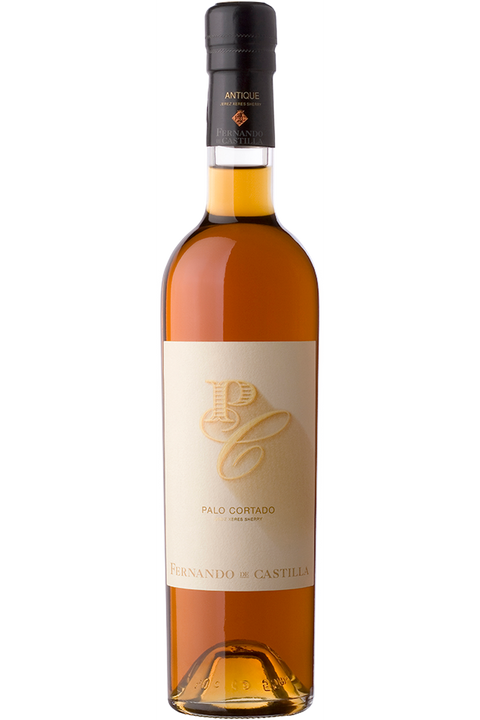
- Country: Spain
- Region: Jerez
- Grape: Palomino Fino
- Style: Sherry
- ABV%: 20%
- Vegan: Yes
- Food pairing: This Palo Cortado is the perfect companion to cured hard cheeses such as Manchego or Parmesan.
- Ratings & Awards: IWC 2023 Gold Medal
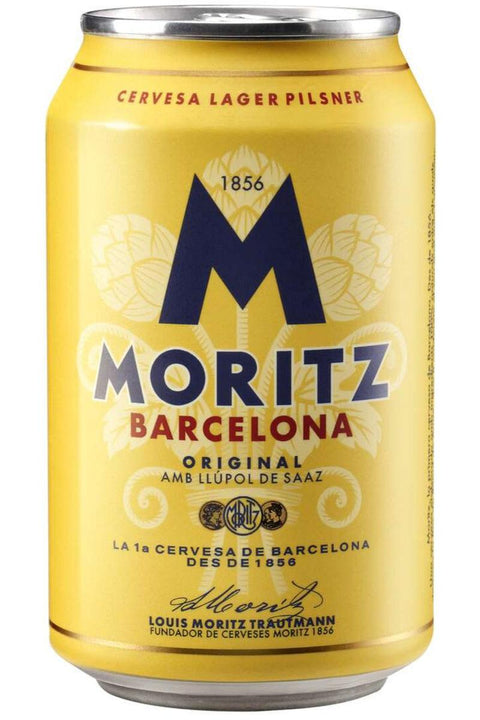
- Country: Spain
- Style: Pilsner
- ABV%: 4.7%
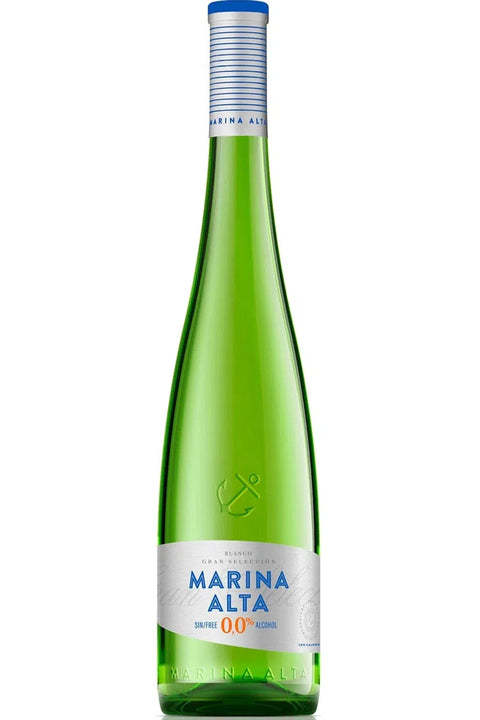
- Country: Spain
- Region: Alicante
- Grape: Moscatel
- Style: Medium
- ABV%: 0%
- Food pairing: Ideal for seafood, fish, rice, paellas, pasta...
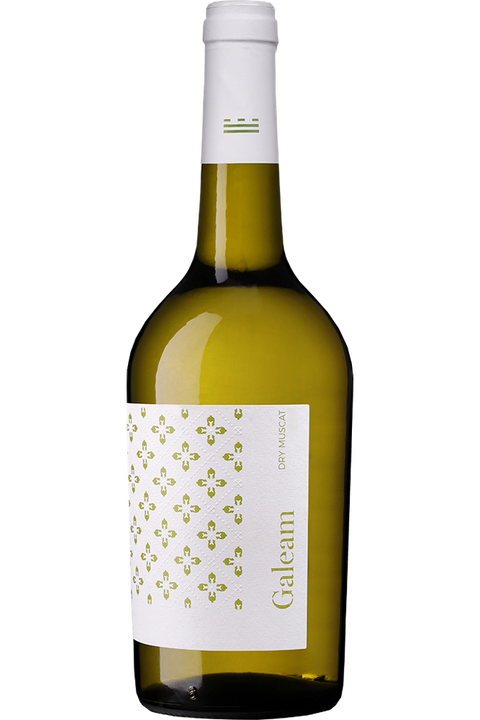
- Country: Spain
- Region: Alicante
- Grape: Muscat
- Style: Dry
- ABV%: 11.5%
- Vintage: 2023
- Vegan: Yes
- Food pairing: Fish dishes, paellas, sea food and white meats. It is also an excellent aperitif.

- Country: Spain
- Region: Jerez
- Grape: Pedro Ximenez
- Style: Sweet
- ABV%: 15%
- Vegan: Yes
- Food pairing: Ideal with chocolates and chocolate based desserts, ice creams and pastries as well as certain cheeses.
- Ratings & Awards: Best Sweet Fortified - Wines from Spain 2019

- Country: Spain
- Region: Vino de Espana
- Grape: Field Blend
- Style: Dry
- ABV%: 12%
- Vegan: Yes
- Food pairing: Delicious on its own, yet perfect with salads, chicken curry and above all Tuna nicoise.
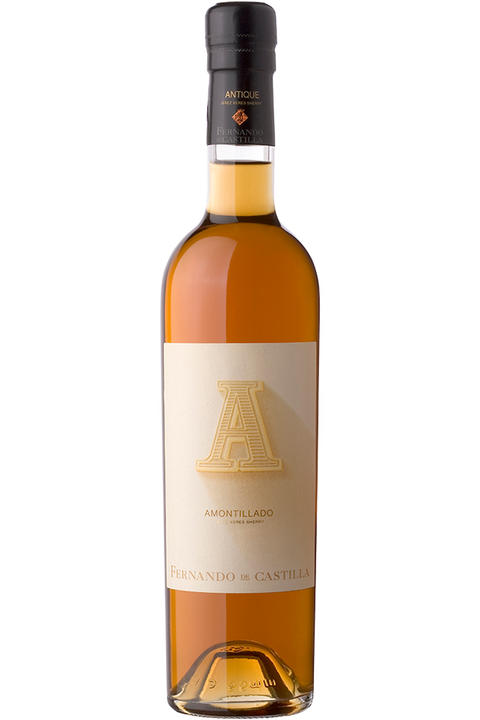
- Country: Spain
- Region: Jerez
- Grape: Palomino Fino
- Style: Sherry
- ABV%: 19%
- Vegan: Yes
- Food pairing: Ideal with consomme, hard cheeses or tapas dishes such as oxtail or chorizo sausage. Highly recommended with chicken liver parfait!
- Ratings & Awards: Wines from Spain Winner 2022
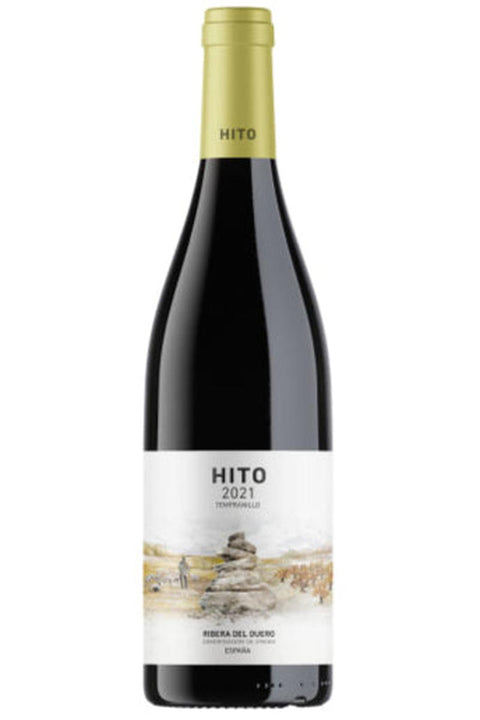
- Country: Spain
- Region: Ribera del Duero
- Grape: Tempranillo
- Style: Full Bodied
- ABV%: 14.5%
- Vintage: 2023
- Food pairing: It pairs well with cold starters, salads, prosciutto or light cheese such as Mozzarella

- Country: Spain
- Region: Castilla Leon
- Grape: Verdejo
- Style: Dry
- ABV%: 11%
- Vintage: 2023
- Food pairing: Drink with vegetable risotto or grilled fish dishes.
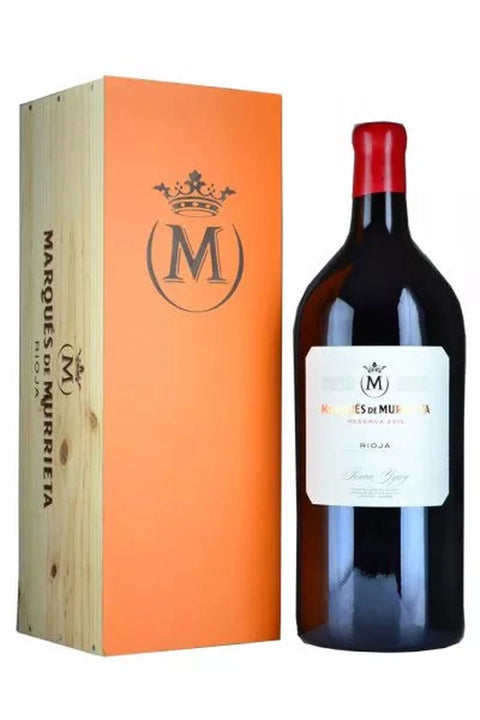
- Country: Spain
- Region: Rioja
- Grape: Tempranillo, Graciano, Mazuelo, and Garnacha
- Style: Full Bodied
- ABV%: 14%
- Vintage: 2014
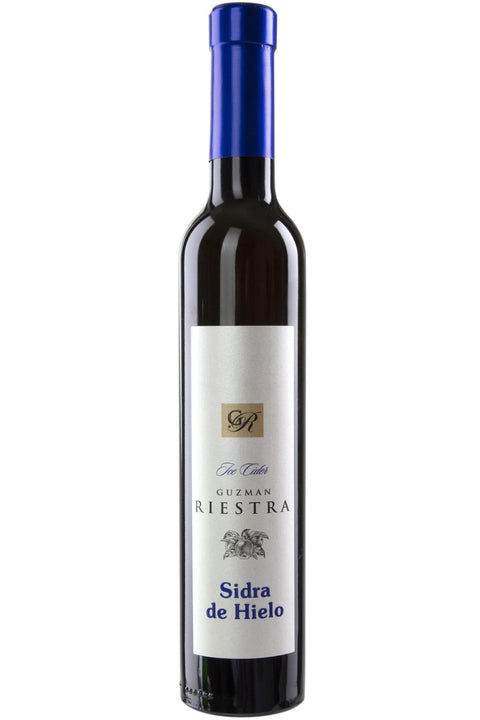
- Country: Spain
- Region: Asturias
- Style: Sweet
- ABV%: 13%
- Vegan: Yes
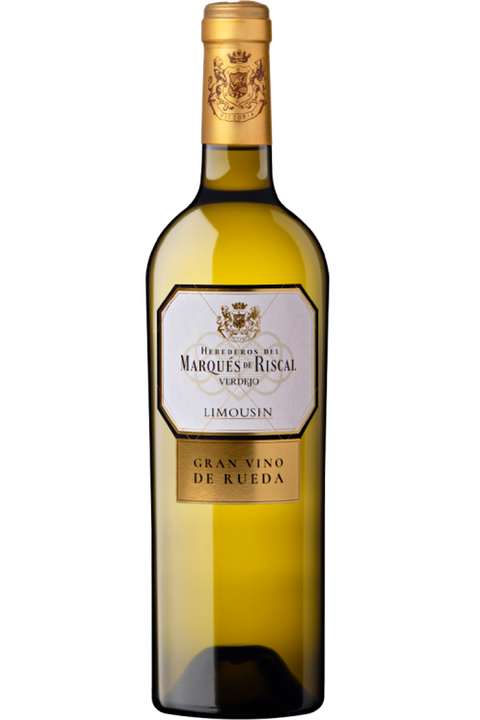
- Country: Spain
- Region: Rueda
- Grape: Verdejo
- Style: Dry
- Organic: Yes
- Food pairing: This wine goes well with fish in sauce, white meat, even with sauces which are not too strong-flavoured, roast lamb, char-grilled vegetables and pulse dishes.

- Country: Spain
- Region: Rueda
- Grape: Verdejo
- Style: Dry
- Organic: Yes
- Food pairing: This wine goes well with fish, shellfish, ham pasta, chicken and cold meat.
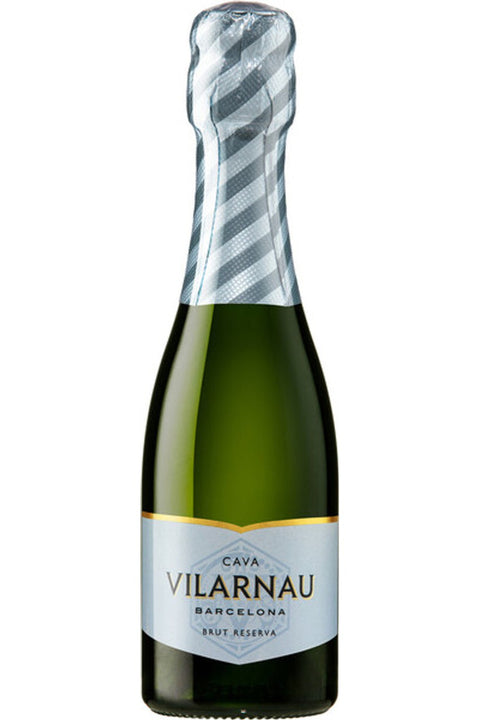
- Country: Spain
- Region: Sant Sadurni D'Anoia
- Grape: Macabeo, Parellada, and Xarel·lo
- Style: Dry
- ABV%: 11.5%
- Organic: Yes
- Vegan: Yes
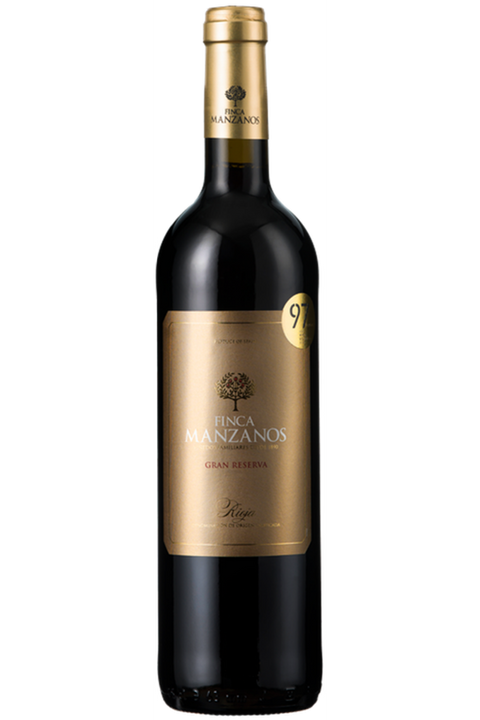
- Country: Spain
- Region: Rioja
- Grape: Tempranillo and Garnacha
- Style: Full Bodied
- ABV%: 13.5%
- Vintage: 2013
- Vegan: Yes
- Food pairing: This is the perfect companion for game - serve at 18 degree, with pheasant, partridge or an indulgent, earthy mushroom wellington.

- Country: Spain
- Region: La Mancha
- Grape: Tempranillo and Syrah
- Style: Full Bodied
- ABV%: 14%
- Vintage: 2021
- Organic: Yes
- Vegan: Yes
